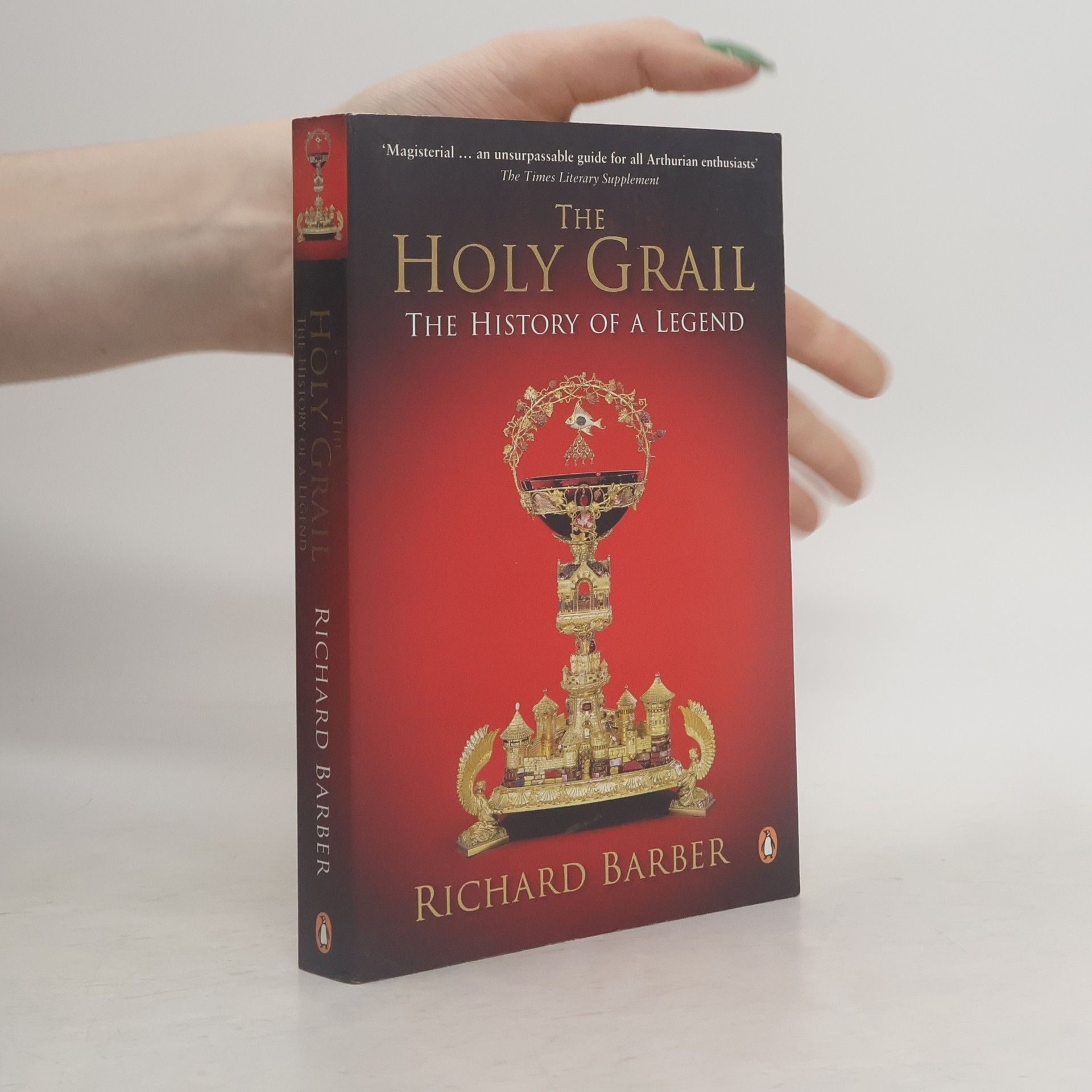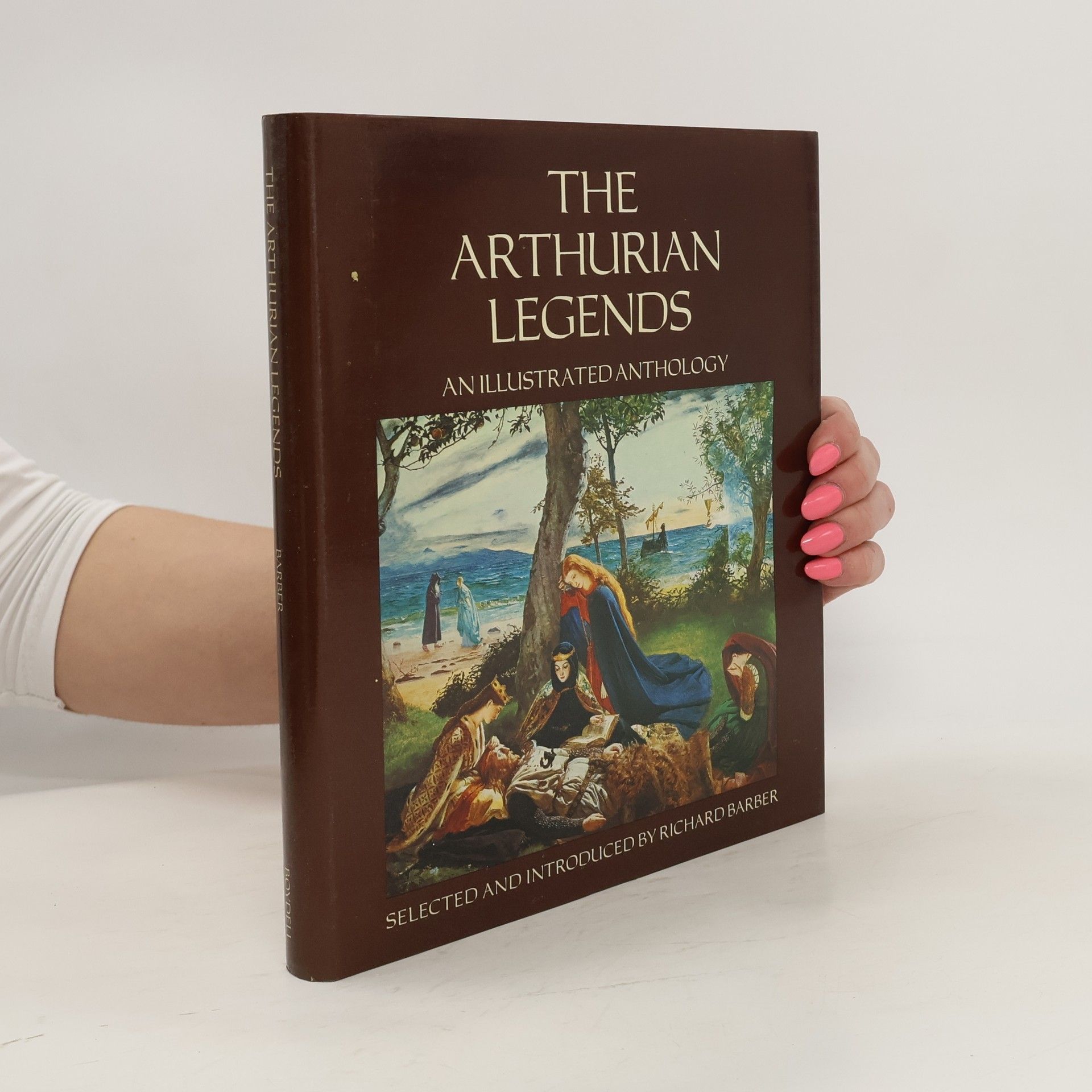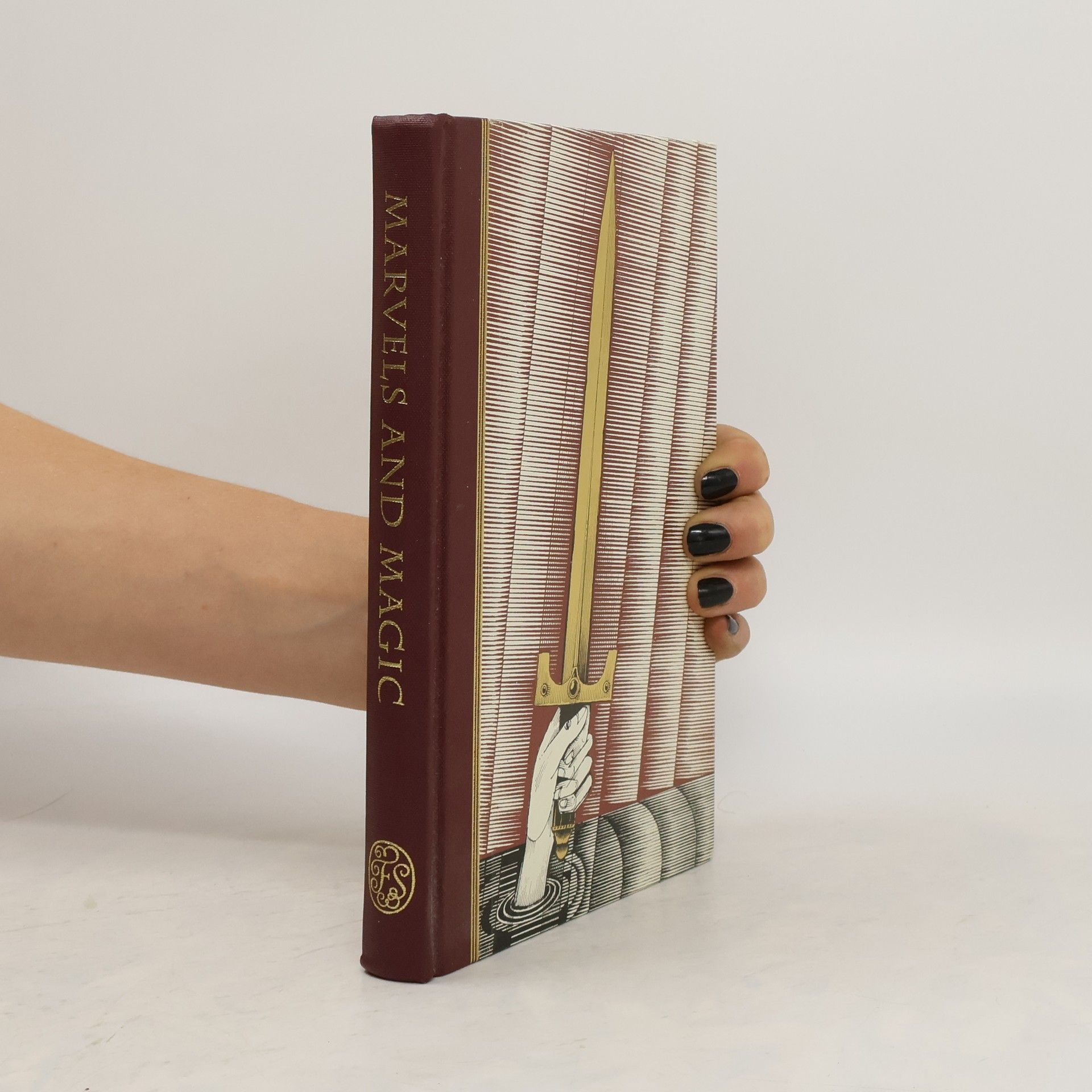Das Turnier war im Mittelalter ein zentrales Ereignis der ritterlichen und höfischen Kultur, zu dem die Menschen von weither zusammenströmten. Ausgehend von den Ursprüngen, behandeln Richard Barber und Juliet Barker das Turnierwesen in den einzelnen europäischen Ländern, schildern die Durchsetzung des Turniers gegen den Widerstand der Kirche und die verschiedenen Formen wie Buhurd (Gruppenturnier) und Tjost (Zweikampf) sowie die oft an die Artusepik (Tafelrunde) angelehnten Bräuche und Rituale (Minne, Herolde, Wappenwesen, Rittergesellschaften). Die sehr dichte, auf reiche Bilddokumente abgestützte Darstellung würdigt eingehend die Bedeutung des Turniers als grundlegendes Phänomen der europäischen Geschichte.
Richard Barber Bücher






Bestiary
- 208 Seiten
- 8 Lesestunden
A delightful translation of one of the finest, and most beautiful, examples of a medieval Bestiary.
The Arthurian legends
- 249 Seiten
- 9 Lesestunden
From Geoffrey of Monmouth to T.H.White here is a sample of Arthurian literature through the centuries.
Henry II
- 128 Seiten
- 5 Lesestunden
Henry II (1154-89) through a series of astonishing dynastic coups became the ruler of an enormous European empire. One of the most dynamic, restless and clever men ever to rule England, he was brought down both by his catastrophic relationship with his archbishop Thomas Becket and his debilitating arguments with his sons, most importantly the future Richard I and King John. His empire may have ultimately collapsed, but in Richard Barber's vivid and sympathetic account the reader can see why Henry II left such a compelling impression on his contemporaries.
The Holy Grail. The History of Legend
- 480 Seiten
- 17 Lesestunden
The Holy Grail is an image familiar to us all as an almost unattainable, infinitely desirable goal. The idea has passed into everyday speech and the legends behind it are as current in today�s culture as they have ever been. And yet the Grail has no real religious meaning and is nowhere mentioned in the Bible. What is the truth behind this elusive symbol? Here, Barber traces the history of the stories surrounding the Holy Grail. He describes how through a long series of imaginative transformations, the grail has moved from the sphere of romance to religion, and in twentieth century popular culture has become an emblem of mysticism and man�s highest aspirations, intimately linked with the central ritual of the Christian faith. The search for the grail has always been described as a quest; in this book, Barber goes on his own quest, brilliantly exploring the richness of the Holy Grail�s cultural impact. Barber traces the history of legends surrounding the Holy Grail, from Chretien de Troyes' great romances to the popular bestsellers of the late twentieth century.
Henry Plantagenet
- 304 Seiten
- 11 Lesestunden
Henry II is the most imposing figure among the medieval kings of England. His fiefs and domains extended from the Atlantic to the Mediterranean, and his court was frequented by the greatest thinkers and men of letters of his time, besides ambassadors from all over Europe. This readable and accessible biography offers both a study of his character, and an estimate of his work as a ruler, work which is in a sense the history of his life, since it occupied his entire energies from his accession at the age of twenty-one to his death thirty-five years later. Nor is this the mere routine of government; from the desolate and lawless anarchy of Stephen's reign, and against the opposition of the great magnates and the Church, he built in England a stable and prosperous realm, and welded his diverse inheritance overseas into a single, and by the standards of the time, peaceful, unit. Only the folly of John dispersed his empire, and his work in England left an enduring mark on the institutions by which we are governed today.RICHARD BARBER's other books include Tournaments, with Juliet Barker, Edward Prince of Wales and Aquitaine, The Life and Campaigns of the Black Prince, The Knight and Chivalry and books on King Arthur; he is currently working on a study of the legend of the Holy Grail. 1154-1189
Henry II (Penguin Monarchs)
- 144 Seiten
- 6 Lesestunden
The acclaimed Penguin Monarchs series: short, fresh, expert accounts of England's rulers - now in paperback Henry II (1154-89) through a series of astonishing dynastic coups became the ruler of an enormous European empire. One of the most dynamic, restless and clever men ever to rule England, he was brought down both by his catastrophic relationship with his archbishop Thomas Becket and his debilitating arguments with his sons, most importantly the future Richard I and King John. His empire may have ultimately collapsed, but in Richard Barber's vivid and sympathetic account the reader can see why Henry II left such a compelling impression on his contemporaries. Richard Barber has written for Penguin The Penguin Guide to Medieval Europe, The Holy Grail and Edward III and the Triumph of England. He is a major figure in medieval studies, both as a writer and as a publisher.
Magnificence
- 382 Seiten
- 14 Lesestunden
This highly-illustrated volume, by bestselling author Richard Barber, shows how medieval princes proclaimed their special status through displays of magnificence.

